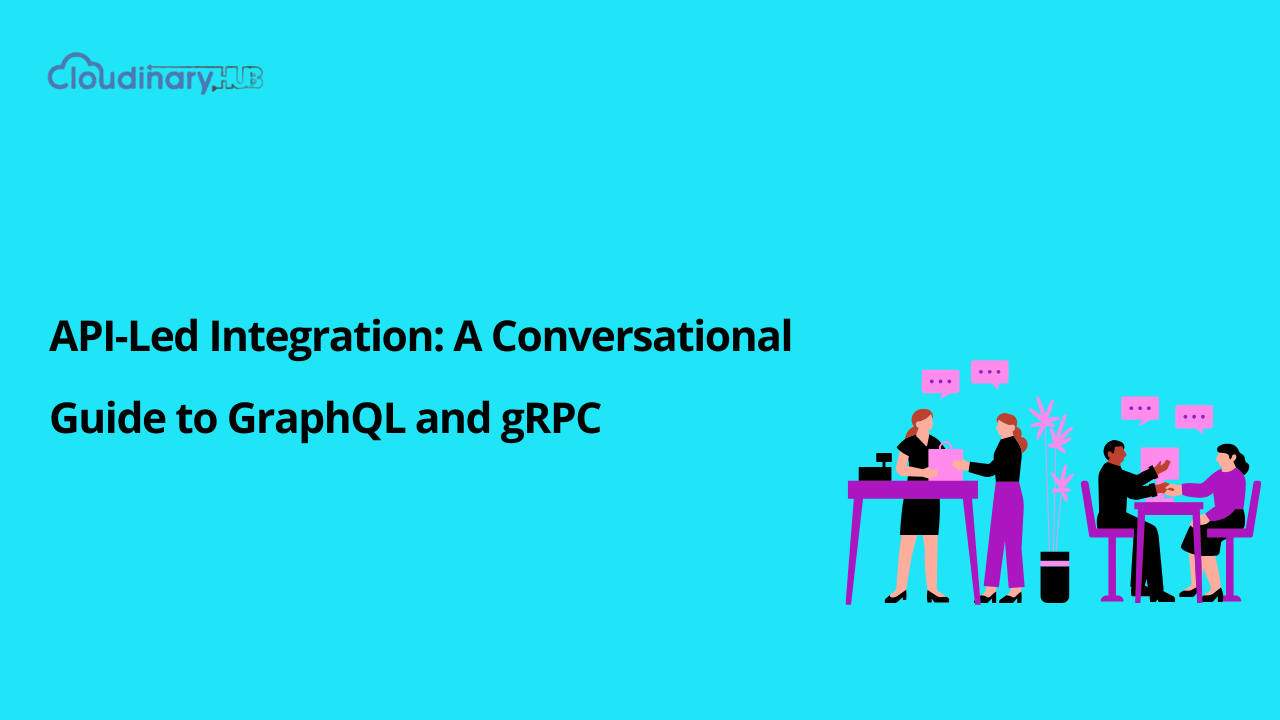let’s be real—if you’re building anything digital these days, whether it’s an e-commerce platform, a streaming service, or even an internal enterprise tool, your APIs are the backbone of the entire operation. But as systems grow and demands increase, traditional REST APIs can start feeling… outdated.
That’s where GraphQL and gRPC step in, two powerful technologies that bring flexibility, speed, and efficiency to API-led integration. But which one should you use? Or, better yet, can you use both? Let’s break it all down—without the tech jargon overload.
What Exactly is API-Led Integration?
APIs aren’t just about exposing data; they’re about making sure systems talk to each other seamlessly. Instead of having messy, point-to-point integrations (hello, spaghetti architecture), API-led integration takes a more structured approach.
Think of it as three layers working together:
- System Layer: Connects core systems (databases, CRM, ERP, etc.).
- Process Layer: Moves and transforms data between services.
- Experience Layer: Serves up data to apps and users in the best format possible.
This approach keeps things clean, scalable, and maintainable—exactly what growing businesses need.
GraphQL: The API Rockstar
GraphQL was created by Facebook because their developers got tired of making a million API requests just to display a single news feed. Instead of juggling multiple endpoints, GraphQL lets you ask for exactly what you need in one query.
Why Developers Love GraphQL:
- Efficient Data Fetching: No more over-fetching or under-fetching.
- Flexible Queries: Clients request data in a structured way.
- Schema-Driven: Strong typing means fewer API errors.
- Perfect for Frontend Apps: Works beautifully with component-based UIs.
gRPC: The Speed Machine
gRPC (Google Remote Procedure Call) is all about performance. It’s built for microservices that need to talk to each other fast. Instead of sending bulky JSON data like REST, gRPC uses Protocol Buffers (Protobuf), a compact binary format that’s much smaller and quicker.
Why gRPC is a Game-Changer:
- Blazing Fast: Protobuf is lighter and faster than JSON.
- Uses HTTP/2: Supports multiplexing, meaning fewer connection bottlenecks.
- Streaming Support: Enables real-time, bidirectional data flow.
- Strongly Typed Contracts: No guessing what the API expects.
Real-World Example: How Uber Uses gRPC
Uber handles millions of ride requests daily. They switched to gRPC because their REST APIs were too slow. The result? A 60% reduction in payload sizes and significantly faster service-to-service communication.
GraphQL vs. gRPC: Which One Should You Use?
| Feature | GraphQL | gRPC |
| Best For | Frontend flexibility | Backend speed & efficiency |
| Data Format | JSON | Protobuf (binary) |
| Transport Protocol | HTTP | HTTP/2 |
| Streaming Support | No | Yes |
| Query Flexibility | High | Low |
| Ideal Use Case | Web & mobile apps | Microservices & IoT |
But guess what? You don’t have to choose just one! Instead of pitting them against each other, you can combine both to create the ultimate API-led integration strategy.
Best Practices: How to Use GraphQL & gRPC Together
- Use GraphQL for Frontend Queries
- It gives developers more control over API requests.
- Reduces unnecessary API calls, making apps run smoother.
- Use gRPC for Backend Services
- It’s perfect for microservices that need to exchange data efficiently.
- Streaming capabilities allow real-time updates (great for messaging, IoT, etc.).
- Bridge the Two with a GraphQL Gateway
- A GraphQL gateway can fetch data from multiple gRPC services.
- This setup offers a single API endpoint while keeping backend calls lightning-fast.
Wrapping It Up: What’s the Future of API-Led Integration?
If you’ve made it this far, you’re probably wondering—what’s next? The truth is, API strategies are constantly evolving, and businesses need to stay flexible.
Use GraphQL when you need frontend flexibility and efficient data fetching.
Use gRPC when you need speed and efficiency for backend communication.
Combine both using a GraphQL Gateway for the best integration strategy.At the end of the day, the goal is to make APIs work for you, not against you. If your business is looking to improve its API strategy, why not explore a hybrid approach?

